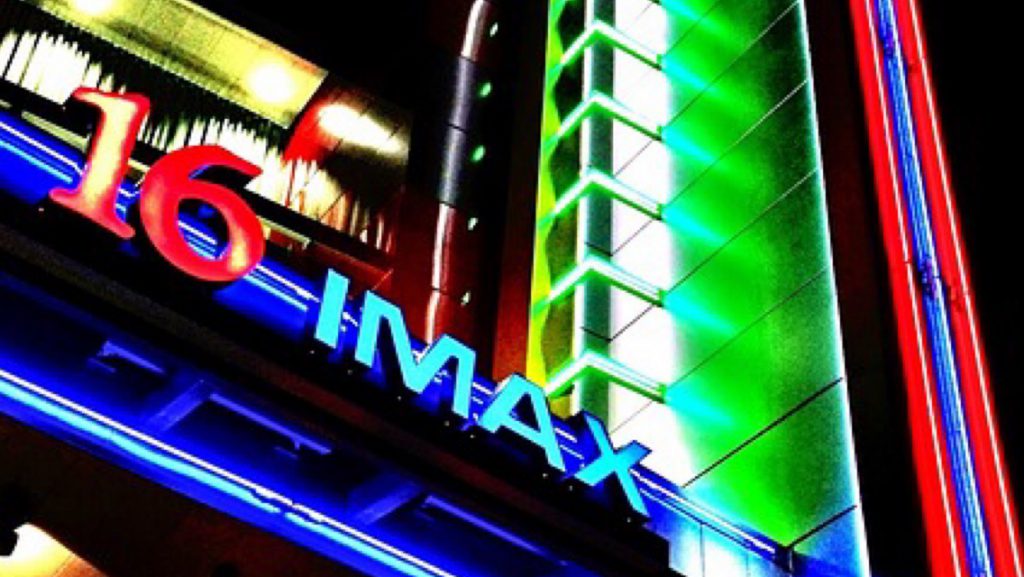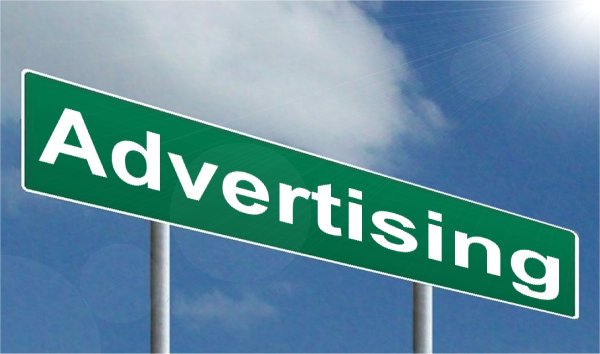At the recent Oculus Connect 4 Keynote presentation in San Jose, Mark Zuckerberg promised a new VR headset that straddles the space between Mobile VR that uses your smartphone and Computer VR that uses your high-end computer: the standalone Oculus Go.
Shipping in early 2018, Oculus Go will cost $199 USD and features:
- Crystal-clear optics
- 2560 x 1440 resolution
- Integrated spatial audio
- Designed with breathable fabrics and adjustable straps
Lance Ulanoff writing in Mashable has an interesting take on the price:
“Why is $199 such a good price? It’s not super cheap, but believe it or not, it appears to trigger a response in consumers. Ask them to pay $300 or more for cutting-edge technology, especially something as unproven as virtual reality that still needs more expensive hardware to work, and they balk (Oculus sold just 355,000 Oculus units in 2016). But set a sub-$200 price, even just a dollar below that threshold, and consumers are ready to take the leap. Apple wasn’t even the first to discover this magical price point. Back in 2002, the very first iRobot Roomba robotic vacuums were priced at $199.95. Even though they’ve since gotten a lot more expensive, that initial magic price point helped launch a robot vacuum industry.”
My take: I think this will be a game changer. It’s perfect for everyone who wants to get into VR but doesn’t want to buy a Samsung phone or a PC computer.

 Ever since
Ever since 




